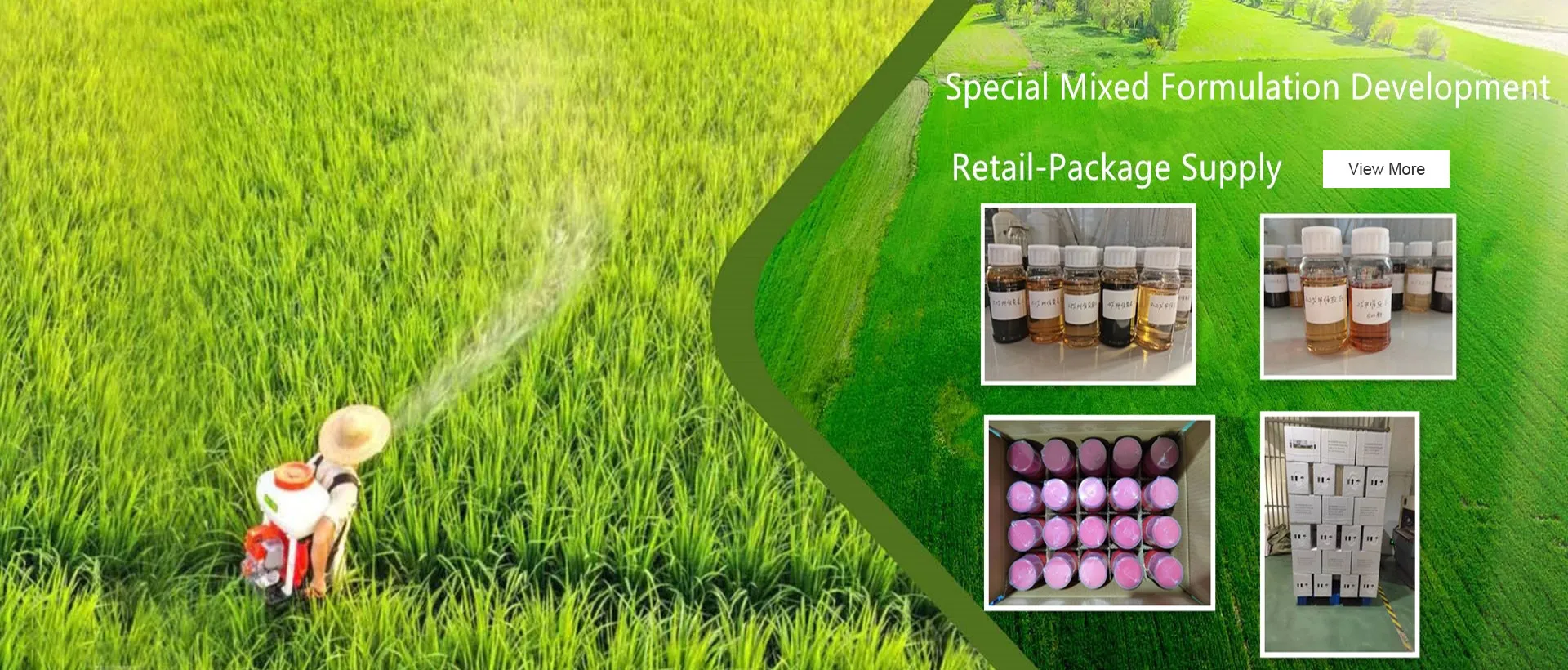
Nov . 19, 2024 19:47 Back to list
chlorpyrifos sds products
Understanding Chlorpyrifos and Its Safety Data Sheets A Comprehensive Overview
Chlorpyrifos is a widely used organophosphate pesticide that has garnered attention due to its effectiveness in combating a variety of agricultural pests. Commonly found in products intended for crop protection, chlorpyrifos has played a significant role in enhancing agricultural productivity throughout the decades. However, its usage has also been accompanied by considerable safety concerns, leading to regulatory scrutiny and changes in its approval status in various countries. This article explores the importance of Safety Data Sheets (SDS) for products containing chlorpyrifos and outlines essential safety measures for handling and application.
What is Chlorpyrifos?
Chlorpyrifos acts as an insecticide by disrupting the normal functioning of the nervous system in insects. It inhibits the action of acetylcholinesterase, an enzyme necessary for the breakdown of the neurotransmitter acetylcholine. As a result, it leads to the accumulation of acetylcholine, causing paralysis and death in targeted pests. However, its action is not limited to insects; there are growing concerns regarding its potential effects on human health and the environment.
Safety Data Sheets An Essential Resource
Safety Data Sheets (SDS) serve as critical documents that provide comprehensive information about hazardous chemicals. For chlorpyrifos, SDS outline essential details regarding its composition, potential hazards, safe handling practices, emergency procedures, and disposal guidelines. These documents are crucial for workers in agricultural settings, environmental health professionals, and emergency responders.
The SDS for chlorpyrifos includes several key sections
1. Identification This section provides information about the product name, chemical identity, and the manufacturer's details.
2. Hazard Identification Here, the SDS outlines the potential health hazards associated with chlorpyrifos, including toxicity levels, symptoms of exposure, and environmental impacts.
4. First Aid Measures This part provides specific instructions on what to do in case of exposure, including inhalation, skin contact, or ingestion.
5. Handling and Storage Guidelines for the safe handling, storage, and transportation of chlorpyrifos are provided to minimize risks.
chlorpyrifos sds products

6. Accidental Release Measures This section outlines protocols for responding to spills or leaks, ensuring both safety and environmental protection.
7. Exposure Controls/Personal Protection Recommendations for personal protective equipment (PPE) are provided to protect workers during handling and application.
8. Toxicological Information This section details the health effects of chlorpyrifos exposure, including acute and chronic effects, reinforces the importance of adhering to safety protocols.
Health and Environmental Concerns
Chlorpyrifos has been linked to various health problems, particularly concerning vulnerable populations such as children and pregnant women. Research indicates that exposure to chlorpyrifos may lead to developmental delays, cognitive impairment, and neurological issues. Environmentally, chlorpyrifos poses a risk to non-target species, including beneficial insects, aquatic life, and birds.
Due to these concerns, several countries have imposed stricter regulations regarding the use of chlorpyrifos. For example, the United States Environmental Protection Agency (EPA) has taken significant steps to limit its usage, banning it for most residential uses and increasing restrictions for agricultural applications.
Best Practices for Safe Handling
To ensure safety when working with chlorpyrifos, users must adhere to best practices outlined in the SDS
- Always wear appropriate PPE, including gloves, goggles, and protective clothing. - Follow application guidelines meticulously to avoid unintended exposure. - Ensure proper ventilation in work areas to minimize inhalation risks. - Dispose of any unused or expired chlorpyrifos products according to local regulations. - Maintain an up-to-date SDS on-site and ensure that all workers are trained in its content.
Conclusion
Chlorpyrifos remains a contentious topic within agricultural practices due to its efficacy and associated health risks. Understanding the information provided in Safety Data Sheets is essential for anyone involved in handling this pesticide. By prioritizing safety and adhering to recommended practices, we can effectively manage the risks posed by chlorpyrifos while maintaining its benefits for agricultural productivity. As regulations evolve, continuous education and awareness surrounding chlorpyrifos will be vital in promoting safe agricultural practices and protecting both human health and the environment.
-
Powerful Fungicide for Optimal Crop Health & Yield Protection
NewsAug.23,2025
-
Azoxystrobin Fungicide: Advanced Crop Protection Solutions
NewsAug.22,2025
-
Willowood Imidacloprid: Best Broad-Spectrum Insecticide Solution
NewsAug.22,2025
-
Atrazine Herbicide: Selective & Effective Weed Control for Sale
NewsAug.21,2025
-
Azoxystrobin: Broad-Spectrum Fungicide Solutions
NewsAug.11,2025
-
Best EPA Boscalid: Superior Crop Fungicide for Max Yields
NewsAug.11,2025
